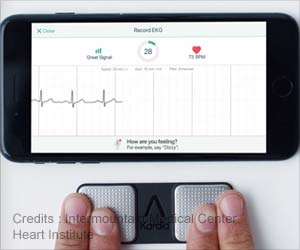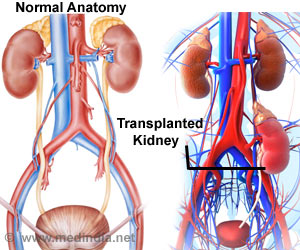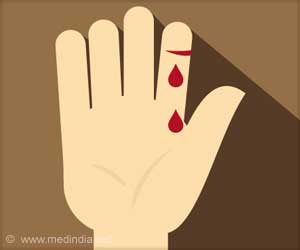The COVID-19 pandemic has brought diagnostics into sharp focus and the World Health Organization has called on countries to prioritize investments in quality diagnostics as the first step in the control, treatment, and prevention of disease.
The scientists from the University of Melbourne and the Australian Research Council Centre of Excellence for Transformative Meta-Optical Systems (TMOS) published details of the device in the journal ACS Photonics.
Currently, the detection of diseases relies mainly on optical microscopes to investigate changes in biological cells.
“It usually involves staining the cells with chemicals in a laboratory environment and utilizing high-end microscopes, which are bulky and expensive,” says Lukas Wesemann, study’s lead author and research fellow at the University of Melbourne and TMOS.
Researchers have miniaturized phase-imaging technology with the use of metasurfaces that can manipulate the light passing through them to make invisible aspects of objects, like live biological cells, visible. Phase-imaging relies on contrasting levels of transparency among tissues or cells under study.
See Your Cells Live with Nanoscience
The new flat optical device is only a few hundred nanometres thick which can perform the same kind of microscopy technique that is used a lot in the investigation of biological cells.
It can be integrated on top of a camera lens to help detect changes in biological cells that are indicative of diseases. Diseases, such as malaria, leishmaniasis, trypanosomiasis, and babesiosis, that can be detected through optical microscopy, can make use of this device in the future.
The benefit of being able to visualize cells with this kind of device is the fact that they can be alive and they don’t need to be processed in any way before they can be visualized. It’s real-time and requires no computational processing. The device does all the work.
Patients can also obtain their specimens through saliva or a drop of blood and send the image to a laboratory anywhere in the world for assessment and rapid diagnosis.
The fabrication cost of the current device prototype is approximately US$700 because it is made with tools that are also used in the manufacturing of electronic computer chips. Researchers are looking for an industrial collaboration to commercialize the device.
This is a very fundamental technique that any engineer could pick up and integrate into any mobile medical imaging device, it doesn’t even have to be a smartphone.
Researchers are looking forward to the application of this modality to biological tissue, and especially the retina, as it is there where neural and vascular tissue can be imaged simultaneously.
Source: Medindia



